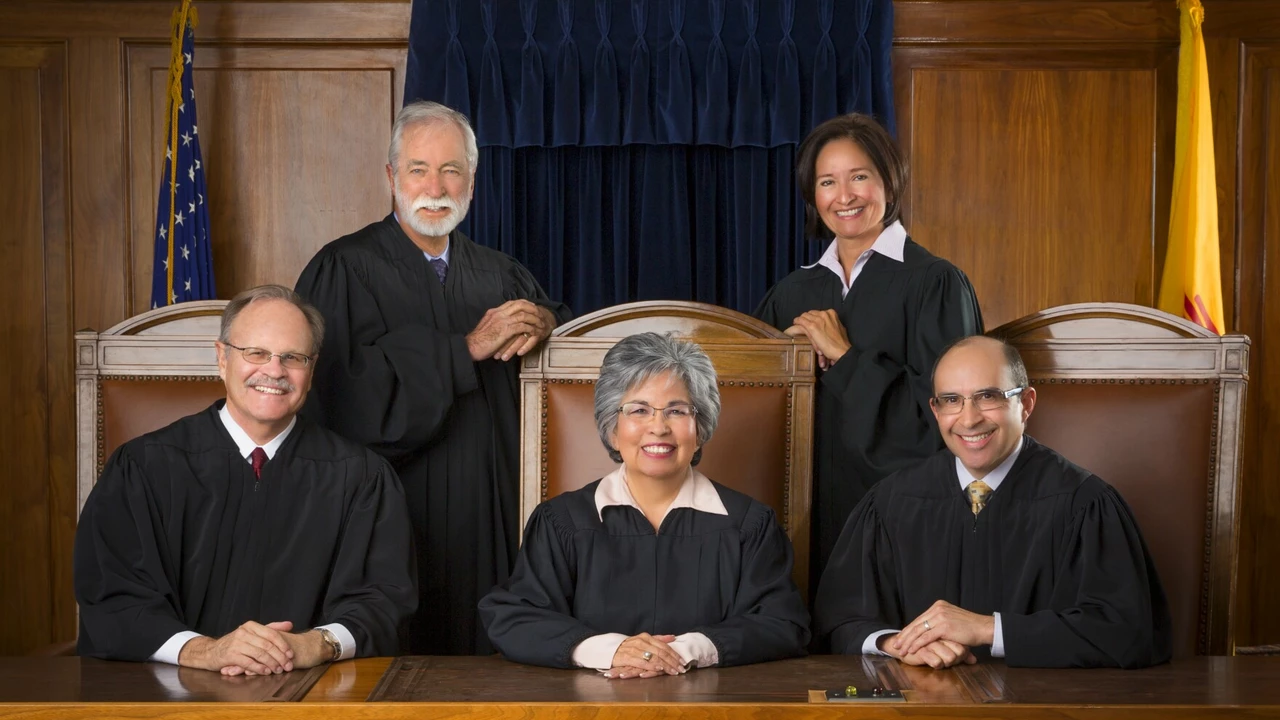Understanding the Supreme Court of India
As Arjun, an avid blogger from the beautiful city of Melbourne, in the amazing country of Australia - down under, mate! - the concept of reaching out to the Supreme Court of a country might seem daunting. Particularly if that country is India, famous worldwide for its diverse and complex judicial system.
However, be assured, bridging this gap is not as challenging as it seems, as I'll explain. A fun fact about me is that despite living thousands of miles from India, I feel closely connected, as I have deep roots that tie me back to India. My children, Akanksha and Pranav, are always eager to know more about the rich culture and legal heritage of India, often fueled by my tales.
Legality: It's All About Abiding by the Rules
We must start with understanding the legal landscape. The Supreme Court in India is the apex body in an intricate system of courts. This court handles a myriad of cases, from civil to criminal, and from constitutional to advisory jurisdictions. Interesting fact - did you know the Supreme Court of India had its first sitting in 1950, making it over 70 years old! Now that's quite some legacy.
One might wonder, "Arjun, how do we even start to send suggestions?" Well, you'd be surprised to know that there are no official avenues to send 'suggestions' directly. But fear not! There are roundabout but effective methods to have your voice heard. Let me guide you through them.
Filing a Public Interest Litigation
Public interest litigation (PIL), as its name suggests, is litigation initiated in a court of law for the protection of 'public interest'. It's like the spunky cousin of the normal litigation family, but it's the quickest way your voice can reach the ears of the highest legal authority in India.
My pet Australian Shepherd, Captain, is just like PIL - he has a knack of making his presence felt at the most unexpected times. Just like how Captain gets my attention, PIL is your best bet to get your case noticed. Regardless of the topic of your concern, a well-drafted PIL can bring it into the limelight.
Communicating Through Legislative Bodies
Trust me on this, approaching the Supreme Court of India is nothing compared to when Akanksha and Pranav disagree on choosing a movie for a family night. Gosh, the discussions and heated debates! Dealing with just two is tough, and India has hundreds of legislative bodies!
But hey, here's where your local political representative can be a big help. They are the bridge between you, a common citizen, and the Supreme Court. They can carry your suggestions and concerns to the judiciary. This requires good rapport and an approachable politician, and is also a long and slow process. But sometimes, long and slow wins the race, right?
Using Media and Public Platforms
Media, folks - it's a powerful tool. Be it mainstream or social, each platform is a potent podium today! Just how Captain's cute pictures get ample likes and shares across my social media channels, you can use media platforms to raise awareness and gain support for your cause. A well-written article or a stirring podcast can not only influence the public but also catch the attention of legal luminaries and, who knows, maybe even get featured in the press section of the Supreme Court!
Collaborating with NGOs and Legal Agencies
NGOs and Legal Agencies are like dingoes in my backyard - they're always there, and they are making a difference whether you notice them or not. These organisations often have a direct line of communication to various legal bodies. Partnering with an NGO or legal agency can significantly amplify your voice and suggestions.
A tidbit from my life, I once partnered with an NGO to draw attention to a local issue in Melbourne. And guess what? It worked! Lend your voice to the right team and it could reach places you've only dreamt of - even the Supreme Court of India.
Leading Public Protests and Peaceful Rallies
Finally, public protests and peaceful rallies. The offspring of Democracy and Freedom of Speech, these public congregations can bring about revolutionary changes. They not only convey the message to the authorities, but also unite people for a shared cause. So, don’t discount the impact you can have with a well-organized rally or protest!
So, folks, while it may seem like quite a journey to get your suggestions to the Supreme Court of India, hopefully, these steps have helped to demystify it. Remember, every big initiative starts with a small step, and I believe you are all set to take yours. Here's wishing you luck on this exciting and adventurous journey!

